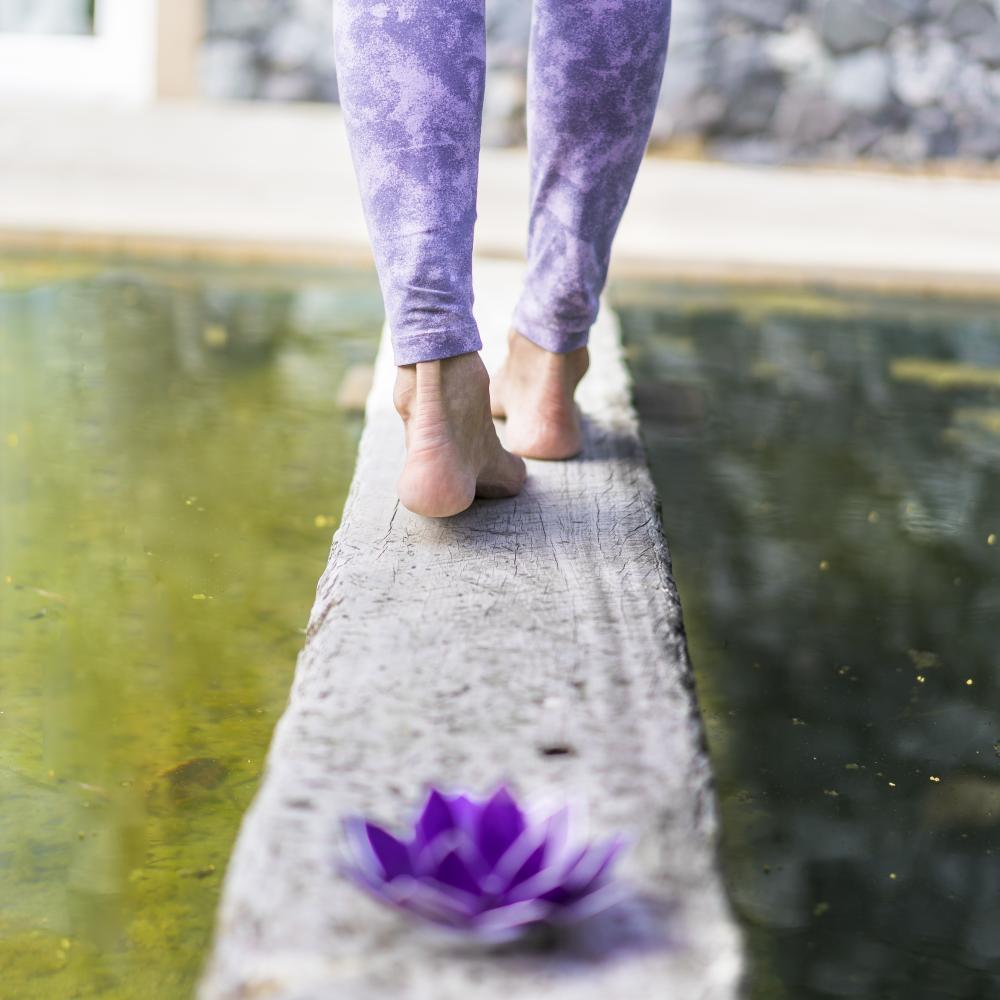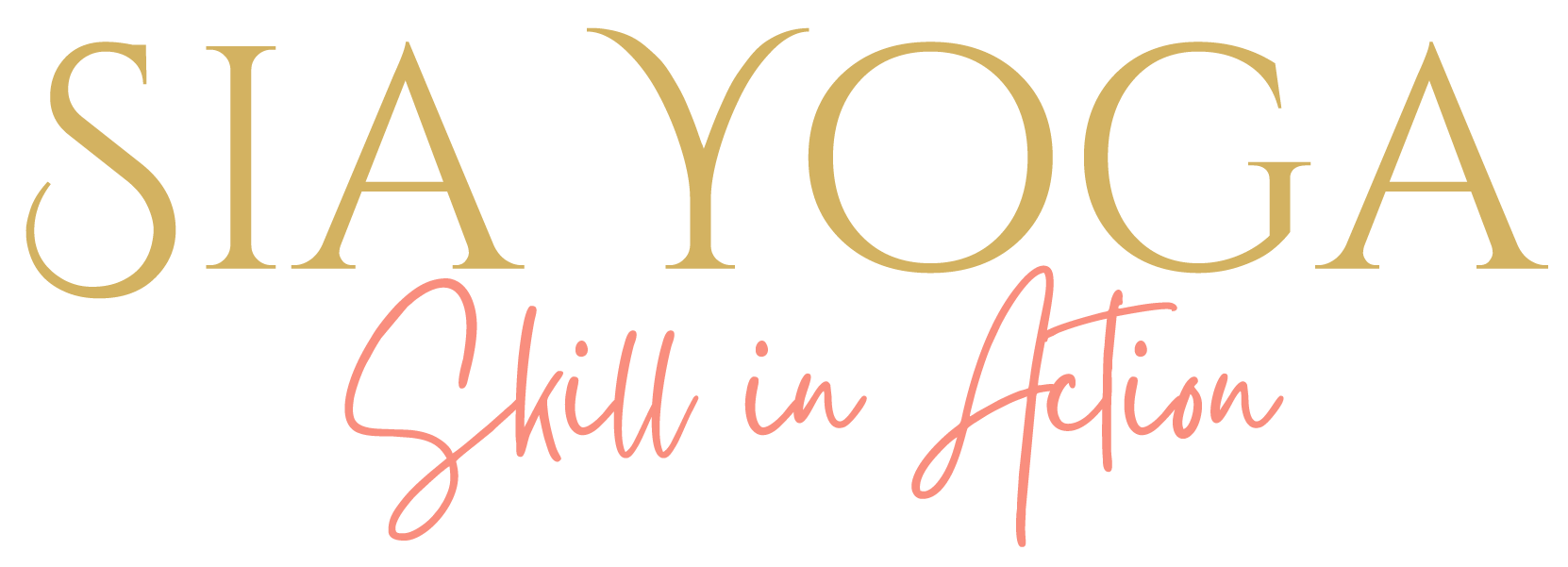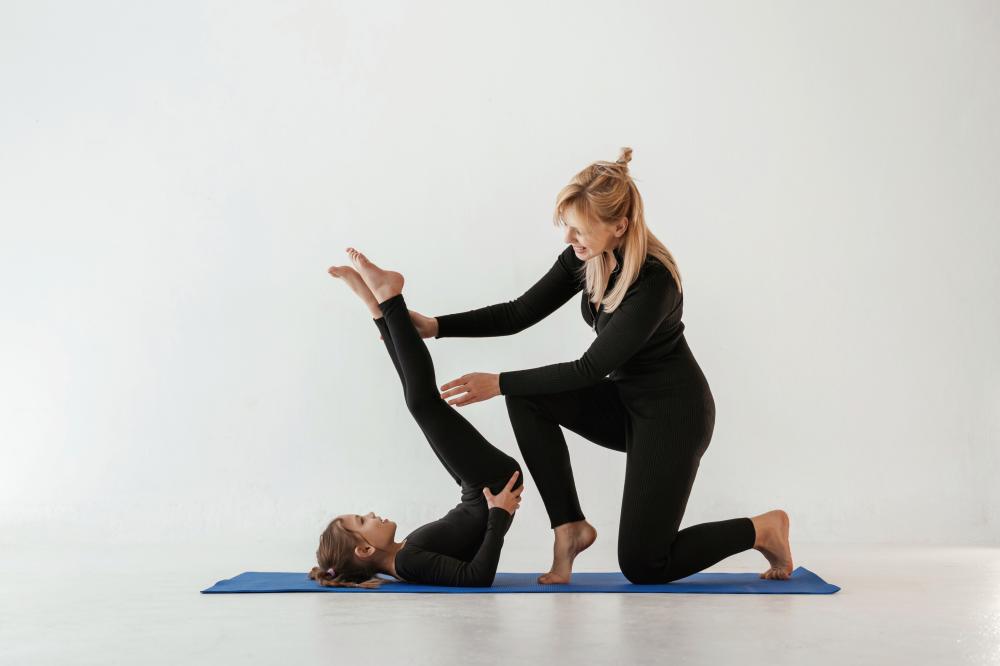The Essence of Alignment Yoga
At SIA Yoga Studio, nestled in the heart of Plymouth, Michigan, we believe that Alignment Yoga is not simply about the precision of your physical posture. Instead, it’s an exploration of how the body, mind, and spirit can harmoniously interact within each yoga pose. Our founder, Nicki Teufel, emphasizes that the true essence of yoga lies in empowering each practitioner to work within their unique anatomical structure to achieve balance.
The Principles of Alignment-Based Practice
Our approach at SIA Yoga focuses on three foundational principles: Heart Posture, Wisdom and Strategy, and Aligned Action. Heart Posture involves setting a compassionate intention, which serves as the cornerstone of any yoga journey. Without a strong heart posture, even the most technically accurate asanas can feel empty.
Wisdom and Strategy revolve around utilizing both ancient wisdom and modern insights to refine your yoga practice. By integrating the latest in biomechanics and fascia-informed techniques, SIA Yoga helps students grasp the subtle nuances of their movements, ensuring they practice safely and effectively.
Finally, Aligned Action is all about embodying these insights in your practice. It’s where theory meets practice, and students can confidently translate their learnings into their everyday lives.
Embracing Individuality in Alignment Yoga
It’s crucial to recognize that no two bodies are the same, and at SIA Yoga, we honor each practitioner’s unique body structure. The beauty of Alignment Yoga is its ability to adapt to various body types and mobility levels. Practitioners are encouraged to use props like blocks or straps, allowing them to modify poses to best suit their individual needs.
Through personalized guidance, we help our students understand their limits and capabilities, fostering a safe space for growth and exploration. By adapting poses to align with one’s personal anatomy, yoga becomes accessible and enriching for everyone.
The Role of Breath in Alignment Practice
In yoga, breath is considered the bridge between mind and body. At SIA Yoga, we emphasize the power of pranayama, or breath control, in enhancing the alignment experience. Controlled breathing not only aids in maintaining concentration but also helps in achieving optimal alignment by releasing tension and facilitating deeper stretches.
Our instructors guide students in syncing breath with movement, ensuring that each pose is approached mindfully and with intention. This practice not only enhances physical postures but also nurtures mental clarity and emotional balance.
Incorporating breath work into our alignment practice helps in cultivating a deeper connection to one’s inner self, fostering a sense of harmony and presence on and off the mat.
Alignment Yoga Through a Scientific Perspective
At SIA Yoga, our Alignment Yoga programs integrate a scientific perspective, drawing insights from biomechanics and physiology. This approach helps practitioners understand the principles governing movement and how to avoid injury. By focusing on the anatomical function of each pose, students can discover the safest and most effective way to practice.
Our 200-hour teacher training courses are imbued with this knowledge, equipping future instructors with the skills to pass on these vital teachings. This blend of science and spirituality is what differentiates SIA Yoga’s offerings, enabling practitioners to enjoy a holistic and informed practice.
Aesthetic vs. Functional Alignment
There’s often a misconception that yoga alignment is purely about achieving aesthetically pleasing poses. At SIA Yoga, we strive to shift this perspective, focusing on functional alignment that emphasizes safety and longevity in practice.
While the visual aspect of a perfectly aligned pose might be appealing, functional alignment prioritizes the individual’s anatomical integrity and personal health. Through our guidance, students learn to appreciate and strive for alignment that feels right, rather than looks right.
Community and Support at SIA Yoga
Beyond the physical practice, SIA Yoga is a vibrant community where students support and inspire each other. Our studio fosters an inclusive environment where both beginners and seasoned yogis can connect and learn from one another. Workshops and retreats provide opportunities to deepen these connections, offering a space to share insights and experiences.
Our special introductory packages for new students are designed to welcome everyone with open arms, ensuring that the journey into yoga is both inviting and nurturing.
Whether participating in a class, workshop, or retreat, students at SIA Yoga can rely on an unwavering sense of community that enhances their overall yoga experience.
With each class, we aim to build not just the strength and flexibility of our students but also a resilient and empowered community that extends beyond our studio walls.
Practical Tips for Beginners
- Start Slow: Yoga is a journey, not a race. Begin with basic poses and gradually challenge yourself as you build strength and confidence.
- Utilize Props: Don’t hesitate to use blocks, straps, or blankets. They are valuable tools that help you achieve proper alignment and reduce strain.
- Listen to Your Body: Each body is unique. Pay attention to what your body needs and respect its limits.
- Practice Patience: Progress in yoga takes time. Celebrate small victories and remain patient with your practice.
The Transformative Power of Alignment Yoga
Through the lens of Alignment Yoga, practitioners at SIA Yoga have discovered life-altering transformations that extend well beyond the mat. As students delve deeper into the practice, many report enhanced self-awareness, greater emotional resilience, and a profound sense of peace.
The practice encourages participants to apply the principles of alignment to every facet of their lives. By aligning intentions, actions, and thoughts, many find themselves leading more balanced and fulfilling lives.

What is the essence of Alignment Yoga, and how does it differ from other styles of yoga?
Alignment Yoga at SIA Yoga Studio is not just about achieving perfect postures. It’s about the exploration of the body’s natural structure and the harmonious interaction between mind, body, and spirit. Unlike some styles that may prioritize flexibility or acrobatics, Alignment Yoga empowers each practitioner to work within their unique anatomical structure to find balance. Nicki Teufel, SIA Yoga’s founder, emphasizes that the true essence lies in empowering students to navigate their own anatomy while fostering a deep connection between their mental and physical states. Consider how this approach might shift your perspective on yoga. Have you experienced moments in practice where the alignment felt transformative?
What are the core principles of alignment-based yoga practice?
At SIA Yoga, we anchor our teaching on three foundational principles: Heart Posture, Wisdom and Strategy, and Aligned Action. Heart Posture emphasizes setting a compassionate intention in every session, serving as the foundation for meaningful practice. Wisdom and Strategy involve incorporating both ancient wisdom and modern biomechanics to ensure safety and efficacy. Finally, Aligned Action is the practice of integrating these insights into daily life, allowing students to embody their learnings in and out of the studio. These principles not only facilitate a deeper physical practice but also enrich one’s overall life experience. Have you reflected on how these principles could be applied to your daily routines?
How does Alignment Yoga accommodate individuals with different body types and abilities?
Embracing individuality is a key tenet at SIA Yoga. Recognizing that no two bodies are alike, we use props like blocks and straps to adapt poses to each practitioner’s needs, making yoga accessible and safe. Our instructors offer personalized guidance to help students understand their body’s capabilities, creating a nurturing environment for growth. This personalized approach ensures that yoga is inclusive, encouraging everyone to practice at their own pace and level. Have you tried using props in your practice, and how have they changed your experience of the poses?
What role does breath play in Alignment Yoga?
Breath is the bridge between mind and body, and at SIA Yoga, we emphasize pranayama–or breath control–to enhance alignment practices. Controlled breathing helps maintain concentration, release tension, and achieve optimal alignment through deeper stretches. By synchronizing breath with movement, students not only improve their physical postures but also cultivate mental clarity and emotional balance. It’s about fostering a deeper connection to one’s inner self, creating harmony both on and off the mat. Next time you practice, notice how focusing on your breath impacts your alignment and presence. What differences do you observe?
How does the integration of scientific knowledge enhance Alignment Yoga practices?
SIA Yoga’s alignment programs integrate insights from biomechanics and physiology to help practitioners understand movement principles and prevent injury. By focusing on the anatomical functions of each pose, students learn the safest and most effective practice methods. Our 200-hour teacher training courses are rich with this knowledge, equipping instructors with the skills to impart these teachings. This blend of science and spirituality offers a holistic practice that’s both informed and transformative. How do you think this scientific perspective could influence your understanding of yoga?
How does Alignment Yoga redefine the concept of aesthetic versus functional alignment?
There’s a common misconception that alignment is about achieving visually perfect poses. At SIA Yoga, we emphasize functional alignment, which prioritizes safety and longevity over aesthetics. Functional alignment is about maintaining anatomical integrity and personal health. It teaches students to strive for poses that feel right rather than just look right, encouraging a more sustainable practice. Reflect on your own practice: Have you ever prioritized appearance over integrity in a pose, and what was the outcome?
What makes the community at SIA Yoga unique?
SIA Yoga is more than a yoga studio; it’s a vibrant community where students support and inspire each other. Our inclusive environment fosters connections among beginners and seasoned yogis alike through classes, workshops, and retreats. These interactions enrich the yoga experience, providing a space to share insights and grow together. Our special introductory packages for new students ensure a welcoming start to their yoga journey, creating a nurturing atmosphere. Community plays a pivotal role in personal growth; have you found connections in your practice that have enhanced your experience?
What tips can help beginners succeed in Alignment Yoga?
For those new to Alignment Yoga, patience and self-awareness are key. Start slow, focusing on basic poses before gradually advancing as you build strength and confidence. Utilize props such as blocks, straps, or blankets to achieve proper alignment without strain. Always listen to your body, respecting its limits and celebrating small victories along your journey. Remember, yoga is a personal journey, not a race. How do you plan to incorporate these tips into your first sessions?
In what ways can Alignment Yoga transform a practitioner’s life beyond the physical practice?
Through Alignment Yoga, students often experience profound transformations that extend beyond the mat. At SIA Yoga, practitioners report enhanced self-awareness, greater emotional resilience, and a profound sense of peace. The practice encourages aligning intentions, actions, and thoughts, leading to more balanced and fulfilling lives. These experiences illustrate yoga’s impact on overall well-being. Have you noticed any transformational effects of yoga in your daily life outside the studio?
Resources
- Yoga Alliance – The Yoga Alliance is a global nonprofit organization that sets standards for yoga teachers and yoga schools.
- National Institutes of Health (NIH) – The National Institutes of Health is the primary agency for conducting and supporting medical research.
- Yoga Journal – A trusted source for yoga poses, sequences, meditation, and practical yoga information.
- Yogapedia – An educational resource for all things yoga, including poses, meditation, history, and philosophy.

